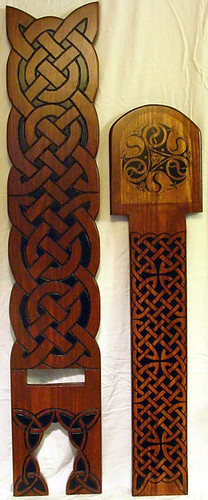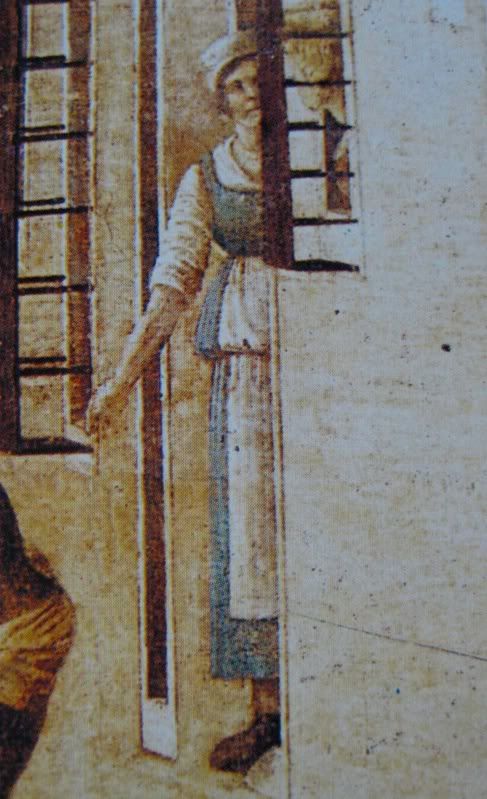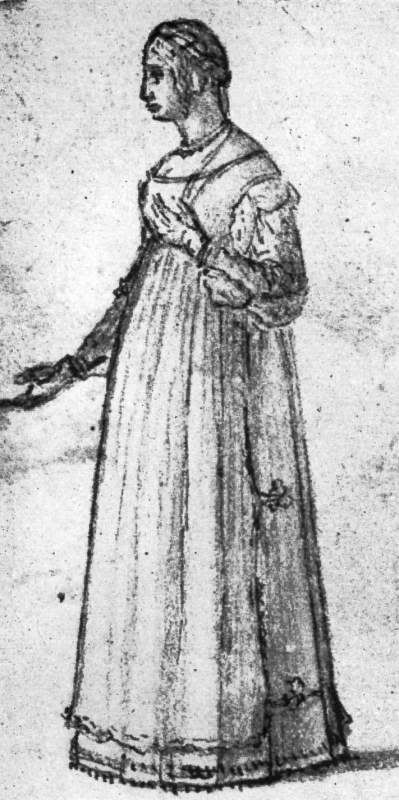The Challenge:
- May – Holes – sometimes the spaces between stuff are what makes a garment special. Make a garment that is about holes, whether it is lace, slashing, eyelets, etc.
Material: Linen
Pattern: I used the bodice from Mccall's M5444 as a base. From there, I lengthed it slightly, took out the darts, and just used the length of fabric for the skirt.
Year: 1570's Italian
Notions: Cotton Thread and a piece of ribbon to lace with since I couldn't find my normal laces
How historically accurate is it? The entire dress is handsewn. Linen and cotton are both period correct for Italy - Italy not being far from the cotton capital of the 16th C world, Egypt. The cut is correct and the colors are correct.
Hours to complete: I have no idea. It got thrown in the corner for a bit when I realized I cut it out too small for me. However, I realized it would fit my sister in law perfectly...
First worn: Probably not until the fall when we get to go to the Maryland Renaissance Festival.
Total cost: about $10. The yellow saffron trim was scrap from another dress. The purple linen I got at the thrift store for under $5. The blue lining was originally white that I got at the thrift store for $4. The thread I had on hand. The inner lining was stash but even it was only $1 a yard when I bought it.
Although holes can be decorative in clothing, they can also be practical. In this case, the eyelets are meant to be holes for lacing the dress shut in the front. There are also holes at the top of the shoulder straps to lace sleeves to the dress. A peasant wouldn't spend money, necessarily, on buttons or hooks and eyes - eyelets are a cheap and easy way of getting the job of keeping the clothing closed.




























